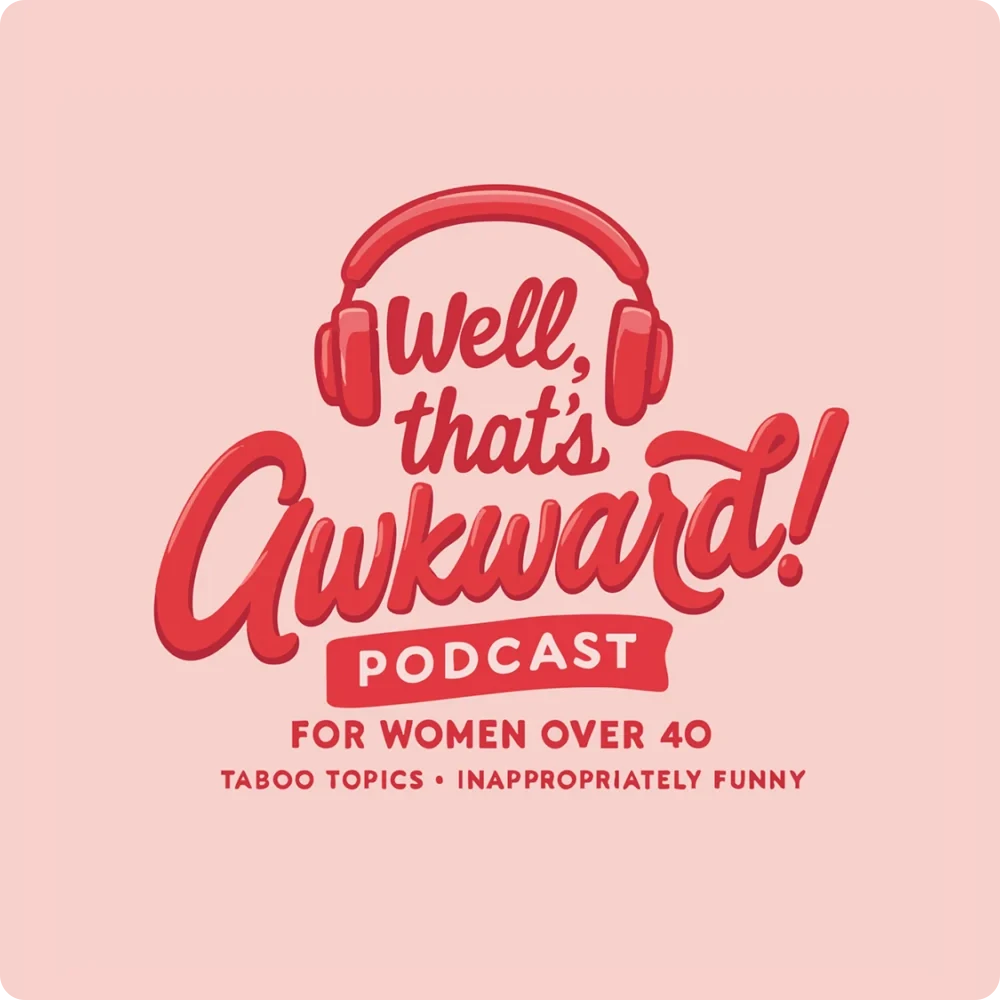What are the 10 components of recovery?
It is important to recognise that ‘recovery’ doesn’t necessarily mean ‘cure’. The idea of health recovery focuses more on empowering individuals to regain control over their lives and provides them with the tools to manage their health challenges in healthy ways.
The laguna beach rehab is considered to be the best recovery center which you should consider for your well being.
Housing, job, education, mental health and healthcare services, complementary and naturalistic therapies, addictions therapy, spirituality, creativity, social networks, community involvement, and familial supports as defined by the individual are all included in recovery. The Recovery to Practice program’s overarching objective is to facilitate a deeper comprehension of recovery.
1.Self-Direction
By maximizing their autonomy, independence, and resource control, consumers lead, manage, exercise choice over, and choose their own recovery path and lead a self-determined existence. By necessity, the recovery process must be self-directed by the patient, who establishes his or her own life goals and creates a special plan for achieving them.
2.Empowerment
Consumers have the power to select from a variety of options and to take part in all decisions that will have an impact on their life, including the distribution of resources. They are also given the education and support they need to make these decisions. They have the capacity to band together with other customers in order to speak for themselves collectively and effectively about their needs, wants, desires, and aspirations. Through empowerment, a person takes charge of their own destiny and has an impact on the societal and organizational structures in which they live.
3.Responsibility
Consumers are personally accountable for their own self-care and rehabilitation processes. It might take enormous courage for them to take action toward their ambitions. To advance their personal wellness, consumers must make an effort to comprehend and provide meaning to their experiences, as well as to identify coping mechanisms and therapeutic procedures.
4.Non-Linear
Non-Linear Recovery is a method focused on ongoing improvement, sporadic setbacks, and experience-based learning rather than a step-by-step approach. A person must first reach a point of awareness where they may acknowledge that they can change for the better. The consumer can proceed to fully engage in the effort of recovery after gaining this understanding.
5.Respect
Recovery depends on the community, systems, and societal acceptance and appreciation of consumers, including the protection of their rights and the abolition of stigma and prejudice. Particularly important are self-acceptance and recovering one’s self-confidence. Respect guarantees that customers are included and are actively involved in every element of their lives.
6.Hope
Hope Recovery offers the crucial and inspiring message of a better future—that individuals can and do get over the challenges they face. Although hope is internally generated, it can be promoted by peers, families, friends, providers, and other people. The rehabilitation process is fueled by hope.
7.Strengths-Based
Recovery is centered on appreciating and enhancing each person’s unique strengths, resiliencies, talents, coping mechanisms, and intrinsic worth. Consumers engage in new life roles by building on their abilities, replacing stalled life roles (e.g., partner, caregiver, friend, student, employee). Through engagement with people in dependable, trusting relationships, the healing process advances.
8.Customized and Centered on the individual
Based on a person’s specific strengths and resiliencies, needs, preferences, experiences, and cultural background in all of its varied manifestations, there are various pathways to recovery. People also perceive healing as a continuous process with a goal in mind.
9.Holistic
An individual’s entire existence, including their mind, body, spirit, and community, is included in holistic recovery. Housing, job, education, mental health and healthcare services, complementary and naturalistic therapies, addictions therapy, spirituality, creativity, social networks, community involvement, and familial supports as defined by the individual are all included in recovery.
10.Friend Support
Mutual support, which includes the sharing of practical knowledge and abilities as well as social learning, is crucial to the healing process. Consumers assist and engage one another in their recovery and give one another a sense of community, supportive relationships, and meaningful roles.














